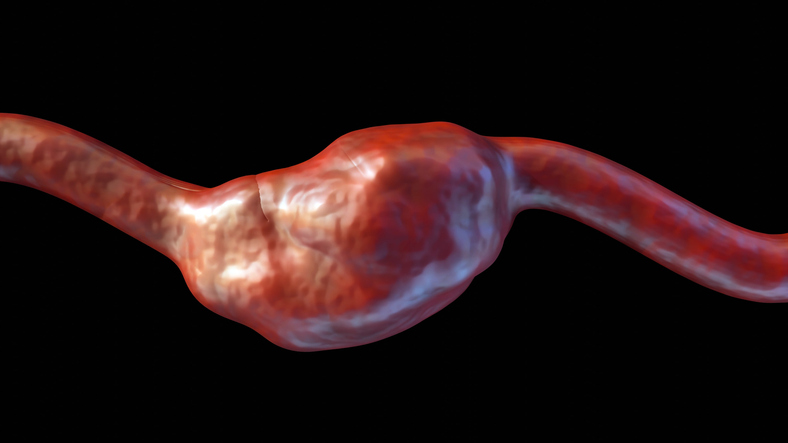
Coronary Heart Disease Risk Factors and Serum Expression Analysis
In a recent study, published in BMC Cardiovascular Disorders, researchers evaluated the role of HOMER1, S-adenosyl-l-homocysteine (SAH), homocysteine (Hcy), and fibroblast growth factors (FGF) 23 in coronary heart disease (CHD), and additionally identified coronary heart disease risk factors. According to the study’s primary investigator, Zhixin Zhang, “the levels of FGF23, SAH, Hcy, and HOMER1 in CHD patients were significantly higher than those in normal control, and increased with the aggravation of the severity of the disease, which is of great significance for the clinical diagnosis and evaluation of the disease.”
Artificial Intelligence for Peripheral Artery Disease Detection
In a recent report, published in Vascular Medicine, researchers evaluated whether a deep neural network-based machine analysis using resting Doppler waveforms was viable for peripheral artery disease detection. The study’s authors, led by Robert D. McBane II, were motivated to improve accurate peripheral artery disease (PAD) identification to help reduce major adverse cardiac and limb events. The researchers ultimately reported that their predictive model was able to identify PAD at a clinically relevant level.
Dapagliflozin DELIVERs Another Win for SGL2 Inhibitors for Patients with HFpEF
Topline results from the DELIVER trial for dapagliflozin (Farxiga), a sodium-glucose cotransport 2 (SGLT2) inhibitor, indicate a positive reduction in the primary endpoint of cardiovascular (CV) mortality and worsening heart failure (HF) in patients with preserved ejection fraction (HFpEF) or mildly reduced ejection fraction (HFmrEF).
Systemic Thromboembolism and Stroke After Atrial Fibrillation and Atrial Flutter
In a recent study, published in Cureus, lead author, Harshith S. Thyagaturu, and colleagues examined the differences in risk for systemic thromboembolism (STE) or stroke after atrial fibrillation (AF) and atrial flutter (AFL) requiring hospitalization. In their article, Thyagaturu and the study’s contributors suggested that “there is a decrease in the one-year risk of stroke or STE events in AFL patients compared to AF.” Additionally, the authors reported that predictors of stroke and STE in AFL were similar to predictors in AF, including increased age, previous stroke, hypertension, diabetes, and peripheral vascular disease.







 © 2025 Mashup Media, LLC, a Formedics Property. All Rights Reserved.
© 2025 Mashup Media, LLC, a Formedics Property. All Rights Reserved.